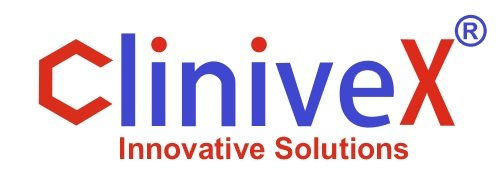6 Key Factors to Consider When Buying Laboratory Equipment

Professionals in medical, scientific, and laboratory fields rely on specialized equipment for experiments, data collection, and measurements. Making an informed decision is crucial when purchasing such equipment due to the investment involved. This blog will guide you through important considerations to help you make a well-informed choice.
What to Consider When Purchasing Laboratory Equipment?
1. Availability
When buying laboratory equipment, timely delivery is often a priority. Keep in mind that many items are imported and may be out of stock, potentially causing delays. Check the availability and opt for products that can be delivered promptly. If the equipment is unavailable, request an estimated lead time from the supplier to evaluate whether the delay is acceptable compared to the cost.
2. After-Sales Service and Support
Ensure you understand the after-sales service and support offered by the supplier. This information is crucial for knowing what kind of assistance you can expect if any issues arise after the equipment has been delivered.
3. Warranty
Warranties are essential when purchasing laboratory equipment. Warranty terms can vary between suppliers, so ask specific questions before making a purchase, including:
- How long does the warranty last?
- What is the process for claiming a warranty?
- Who should be contacted for a warranty claim?
- What conditions can void the warranty?
- Is it possible to extend the warranty?
4. Servicing
Confirm whether the equipment will require regular servicing and who will perform it. Many manufacturers have authorized service providers, and your supplier should assist in arranging these services. Ensure that servicing requirements align with warranty terms to avoid invalidating it.
5. Usage
The intended usage of the equipment should be considered. Equipment used frequently demands higher reliability and quality compared to equipment used infrequently. Evaluate the expected usage and choose equipment that meets those demands.
6. Price
Price is a significant factor, but it’s important to consider the total cost of ownership. This includes not only the initial purchase price but also operating costs, installation expenses, maintenance fees, and efficiency. Compare the total cost with the benefits to gauge the return on investment.
In Conclusion
By considering these six factors, you can make a more informed decision when purchasing laboratory equipment. It's also crucial to choose a reliable laboratory equipment supplier to facilitate a smooth purchasing process and provide reliable after-sales support.
The laboratory equipment market is rapidly expanding, driven significantly by the Covid-19 pandemic, which has accelerated growth in this sector. The increasing investment in vaccine development and the rising number of sample tests are key factors contributing to this surge.
Global Laboratory Market Expected to Reach USD 58,960 by 2025
The global laboratory equipment market is projected to reach USD 58,960 by 2025, exhibiting a CAGR of 7.3 percent. Laboratory equipment, which includes various tools and devices for research and development, is in high demand across multiple industries such as food and beverage, biotechnology, and pharmaceuticals. Recent investments in this sector are expected to continue growing.
Laboratory Equipment Market Segmentation
According to a laboratory equipment supplier in Canada, the market is segmented by application, product type, and end user. Applications include endocrinology, genetic testing, microbiology, hematology, and biochemistry, with hematology expected to generate substantial revenue due to its role in assessing blood cell counts and other parameters. Product types include incubators, centrifuges, autoclaves, sonicators, and spectrometers.
Regional Analysis
North America is anticipated to lead the global laboratory equipment market, driven by high demand for advanced laboratory tools. The US and Canada are significant contributors to market growth, expected to continue through 2025. Laboratory glassware suppliers in Canada also highlight Canada's substantial role. Europe follows due to the growing number of research organizations, while the APAC region is poised for rapid growth driven by the rise in chronic diseases and advancements in diagnostic kits.
 info@theclinivex.com
info@theclinivex.com  +1 (877)-861-1996
+1 (877)-861-1996 


